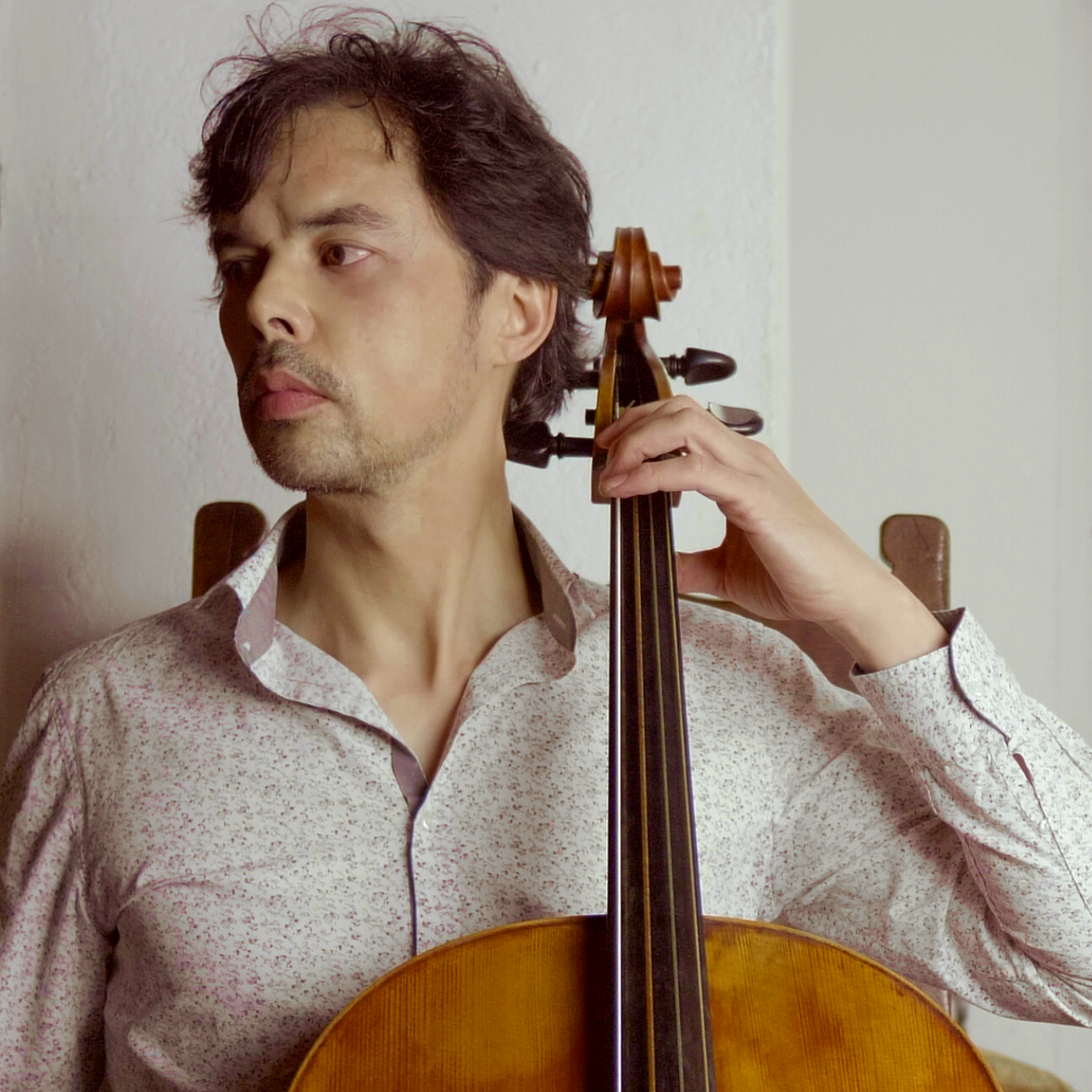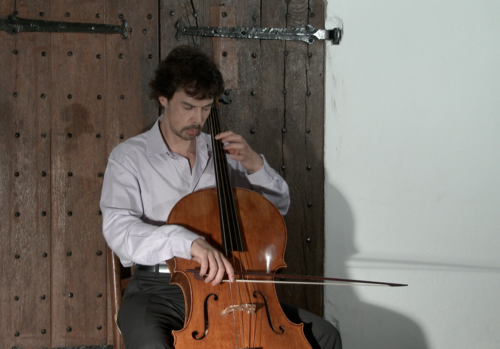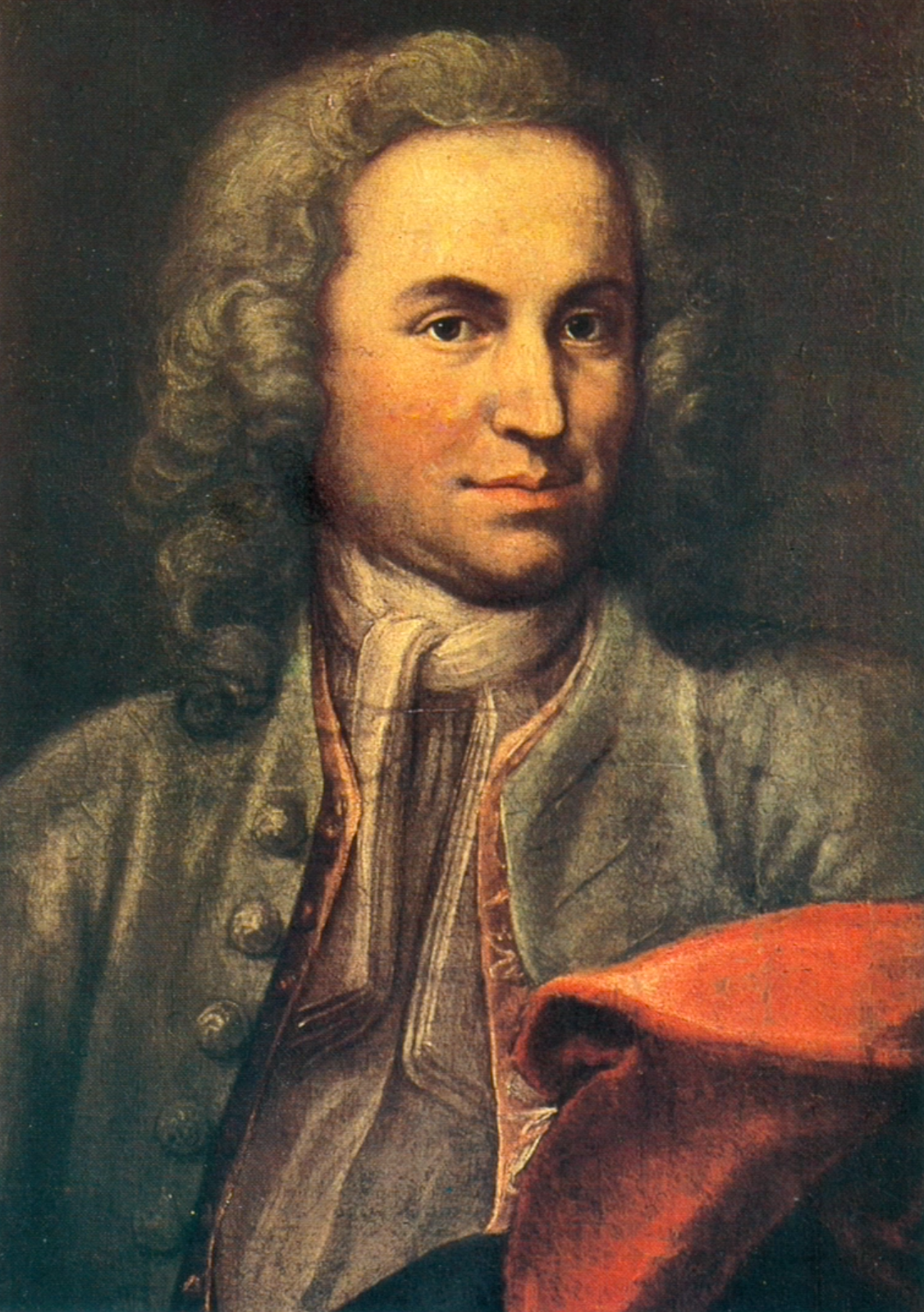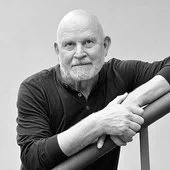Interview with Detmar Leertouwer about his upcoming solo recital on Wednesday 3rd December 2014 in Museo Colonial, Bogotá.
Don del Mar, 29th November 2014.
We would like to share a talk between Don del Mar (DdM) and Dutch 'cellist Detmar Leertouwer (DL) about his upcoming solo concert, learn more about the music and about his ideas.
DdM: Yesterday you performed three Brahms sonatas, tomorrow you will play 5 Beethoven sonatas and on Wednesday you will play a solo concert. Please, tell us some more!
Detmar Leertouwer
DL: I know what you mean, it seems a sort of marathon, 3 concerts with 3 different programmes within 5 days. The reason is the following: I taught 2 years in the newly opened Master's Studies of the Central University here in Bogotá. In the summer I decided to quit the job. These 3 concerts are my goodbye concerts.
DdM: About three weeks ago we discussed your Beethoven project so now I like to focus on your last concert on Wednesday 3rd December in the Museo Colonial. This time you will play alone. What can you tell us about the programme you have chosen to perform?
DL: I will start with the 5th suite for solo 'cello by Bach. I will perform it on a baroque instrument which is a copy of a 1710 Tononi violoncello made by Willibrord Crijnen in 1997. For me, coming from the north of Europe, I connect the month of December with darkness and even winter and snow. Well, here in Colombia I realize that people have different associations with December. The 5th suite is of course the darkest suite in color, being written in C Minor. Yet, it is a concatenation of different dances not a sad character piece. It still needs a character of uplifting spirit when you imagine that 4 to 5 movements are dance movements.
DdM: Are there not 6 movements?
The beginning of the 5th suite for violoncello without bass by J.S. Bach.
DL: Yes indeed, but the first movement is a kind of entrée. An ouverture consisting of a relatively slow and dignified movement followed by a fugal fast movement. This is not a dance although it might be spiritful. And the Allemande which follows is a bit of a problem. Of course it is a dance, it was danced to in the 17th century but in the time of Bach it does not seem to be danced to. The Allemande appears in other instrumental works by Bach, but the two examples of that time of an Allemande, which were really meant to be danced to, seem to be of distinct different musical form.
DdM: So what are the other dance movements?
DL: A Courante followed by a Sarabande, two Gavottes and concluded by a Gigue. These movements are all dances people used to dance to in the era of J.S. Bach at the court or other dance events in town. This 5th suite is the most French suite of the cycle of 6 suites for 'cello solo by Bach. The other suites are more 'Italian' in character. With 'French' (or 'Italian') I refer to the style. It started already with the first movement, the Prelude, which is written in French Ouverture form as I just described. It also shows in the frequent use of dotted rhythms, a more strict ornamention. I definitely treat the Sarabande - although unusual in form because of a barely recognizable 'Sarabande rhythm' - as a dance. My version probably sounds faster than my colleagues usually perform this particular Sarabande and without melodrama. The thing is this: in an era that there was so much more dance around than today as well as dance teachers - even officially appointed and hence promoted by towns - and not at all exclusively applied by the nobility, I think that it is unthinkable to perform a Sarabande or any dance, which is not especially written as dance music per se like the music of Bach, so much slower and without the rhythmical impact as performers do today. The reason I often hear is that this 'dance music' of Bach was not intended to dance to.
For example the new tango style of Piazzolla the 'tango nuevo' in comparison with the old-style-dance-tango music: even with his innovations, also instrumental innovations, different rhythmical patterns, the underlying tempo is exactly that of the old tango. Piazzolla considered this style of his - he also did write conventional tangos - as art music in the same way that Bach's suites are not intended to be danced. But everyone knows what more or less the tempo of a Sarabande is, which is usually faster than one tends to play nowadays. This and the right rhythmical dance patterns is an important issue for me in performing Bach's 'cello music. I still take baroque dance lessons to understand and apply better the dance rhythms instead of just playing them lightly or frolicly.
DdM: I feel that you have a lot more to add to this subject, but maybe it is a good base for a future interview. You are recording all suites (Bach in Castles), aren't you? Shall we go to the other pieces?
First page of 'Grāmata cellam' by Pēteris Vasks.
DL: Yeah, I am recording them and there is a lot more to discuss, but all right I will jump to the other 2 compositions of my concert on Wednesday. The second piece is called 'Grāmata cellam' ('Book for 'Cello') by Pēteris Vasks, a composer from Latvia. The work was written in 1978 for the Latvian teacher and 'cellist in the Latvian Opera Maija Prēdele. The are 2 very contrasting movements. One movement - called 'Fortissimo' or sometimes also called 'Marcatissimo' - is harsh, aggressive and under hypertension. It reaches from the deepest sounds to the almost impossible highest pitches on the 'cello. Without interruption it continues in a second movement named 'Pianissimo', a very soft and soothing movement. After the vehement attacks in the first movement this movement feels like a catharsis, using a very touching technique which I will not unfold now. 'Grāmata cellam' is an absolutely unique work. Come to the concert!
DdM: And the last work?
First page of 'Requiem for 'Cello Alone'.
First page of 'Requiem for 'Cello Alone'.
DL: This is 'Requiem for 'Cello Alone' by Peter - yet another Peter(is)! - Sculthorpe. A composer from Australia who unfortunately passed away in August at age 85. He was commissioned to write a piece for the festivities of his 50th birthday celebration. He came up with a Requiem - Mass for the Death - for his birthday. I like that kind of humour! It contains quotations of the Gregorian plainchant as well as motives inspired by his country. For example I have to tune down my lowest C-string to a B flat, one tone lower, to evoke the sound of the didgeridoo. This is this long hornlike or maybe alphornlike instrument from the original inhabitants of Australia. It is played with continuous breathing, thus making continuous rhythmical or long and especially very deep sounds. This sound Sculthorpe also combines with the plainchant motives. The piece follows the path of the Catholic mass like Introitus, Dies Irae, Libera Me etc.. Also a very special and original piece of music. An absolute must to hear and to indulge in! Naturally I will perform the last two works on the modern 'cello. This Requiem is my goodbye to Colombia after my 2-years tenure at the Central University and 4 years at the Corpas University before.
DdM: Detmar Leertouwer, I wish you lots of luck and joy with your last concert in Colombia coming Wednesday and a safe journey home!
DL: Cheers!
Johan Sebastian Bach.
Peter Sculthorpe.
Pēteris Vasks
Also read Blog post 1 upon the Beethoven sonatas.
Very soon to be published: blog about 'Fantasia for 'Cello Alone' by Richard Gwilt.










